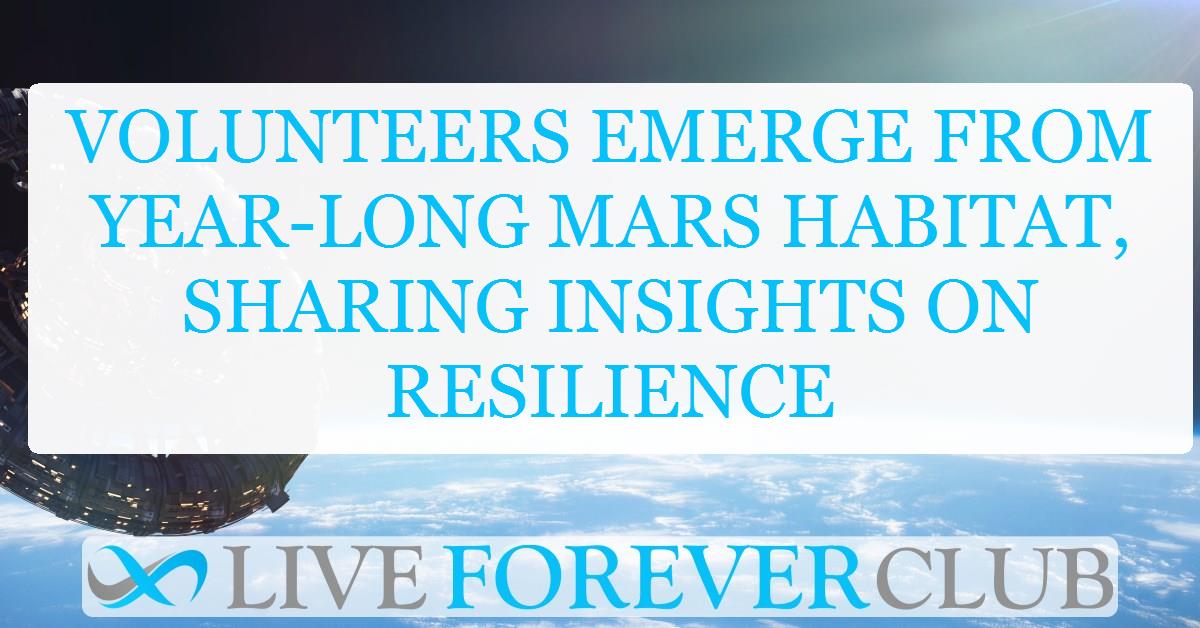Key points from article :
Four volunteers recently completed a year-long simulation of life on Mars, conducted at NASA's Johnson Space Center in Houston. The participants, Kelly Haston, Anca Selariu, Ross Brockwell, and Nathan Jones, spent 378 days living in a 1,580-square-meter 3D-printed habitat called Mars Dune Alpha. This simulation was part of the CHAPEA mission, aimed at preparing for future Mars missions by studying human behavior and coping mechanisms in isolation.
During their stay, the volunteers engaged in activities such as simulated "Marswalks," growing vegetables, and maintaining equipment, while being closely monitored. Steve Koerner, deputy director of Johnson Space Center, emphasised that understanding how people adapt to extended isolation is crucial for Mars exploration.
NASA's CHAPEA mission is one of several planned year-long analog missions to better understand the effects of long-term space travel on humans. The agency's ultimate goal is to return humans to the moon through the Artemis missions and establish a lunar base as a stepping stone for Mars exploration.
Australia is also contributing to this effort by developing a rover to collect lunar soil, which will be used to produce oxygen and rocket fuel. Two consortiums, ELO2 and AROSE, are competing to provide the final design for this project, with a potential launch as early as 2026.






